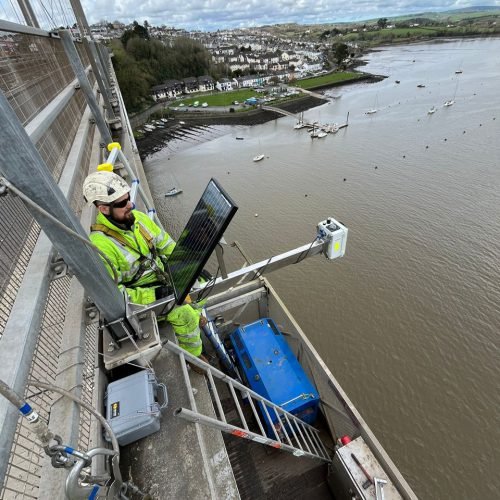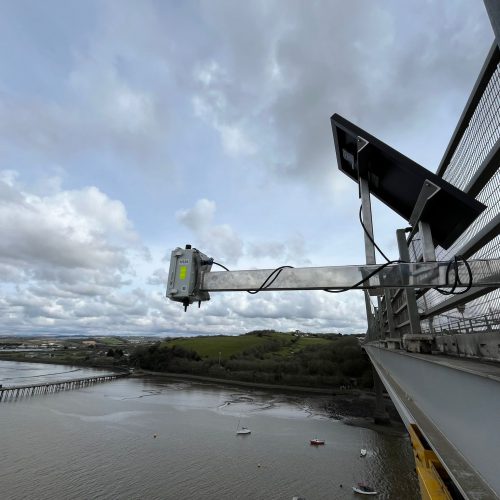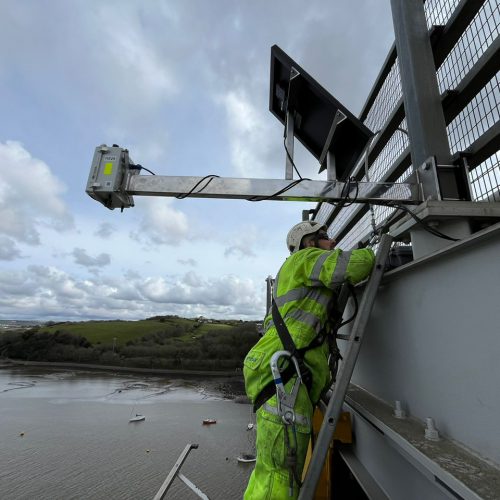Tamar Crossings are supporting an exciting international research project on monitoring water quality in the River Tamar and Plymouth Sound.
Periodic flooding as a result of heavy rainfall is becoming more and more frequent across the south-west of England as well as globally. This is because the heating of inland water and the sea is causing more evapotranspiration which results in high rainfall that can result in episodic flooding events.
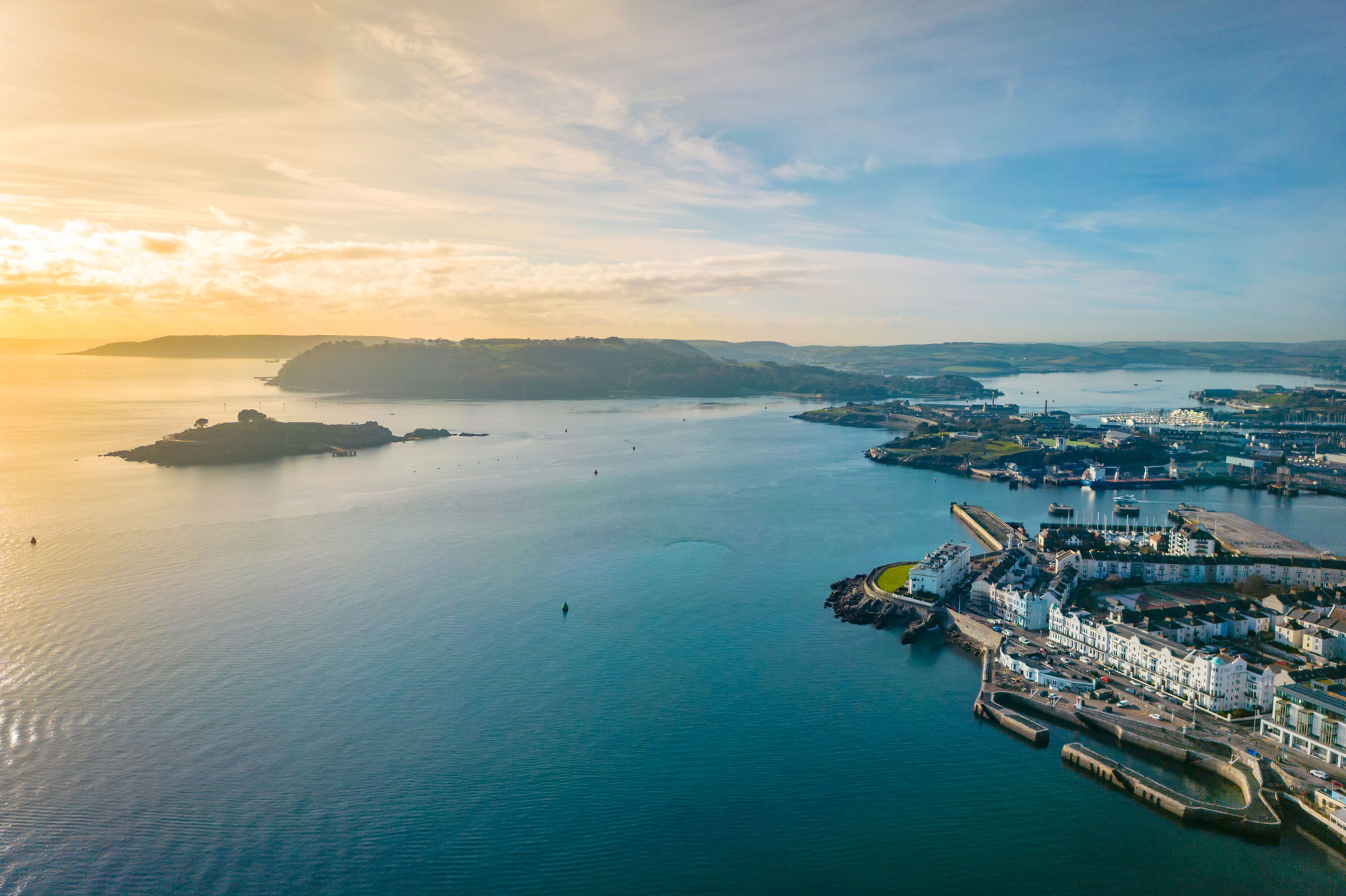
These flooding events can carry agricultural fertilisers, sewage effluent and, in some locations, heavy metals from the rivers to the coast. These can pose a significant health risk to humans and the environment through the deposition of high nutrients, suspended material, viruses and bacteria.
Earlier this year Tamar Crossings was contacted by the lead investigator of Vis4Sea*, which is a two-year collaborative project between Plymouth Marine Laboratory and CSIRO, Australia’s national science agency. The project is researching the impacts of flooding on water quality in Plymouth Sound.
Funding for the project is being provided through the Government’s UK Research and Innovation fund and CSIRO’s AquaWatch Mission.
There are a number of innovative technologies being used in the project. One of these is the use of a small box containing three pairs of fibre optic sensors which has been installed on the north side of the Tamar Bridge. Developed by CSIRO, these sensors, called HydraSpectraTM, measure the reflected light spectra that occurs when there is a change in water colour associated with water quality. This means they can detect the water colour associated with changes in water quality during high loads of fertilisers, sewage effluent and heavy metals.
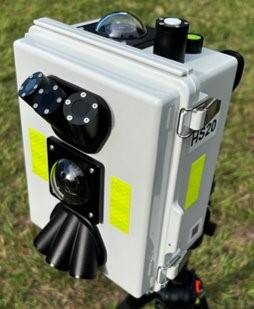
The sensors have been positioned so that one pair looks directly up to measure the incoming sunlight, one looks at the sky to measure reflected sky light and the other looks down to the surface of the river. Powered through a small solar panel also fixed to the side of the bridge, this method provides a low-tech Carbon-Zero solution to measuring river water pollution.
Measurements from the sensors, supported by a programme of water sampling from PML’s Research Vessels Quest and Explorer, are providing information on the concentration of nutrients, suspended material, viruses and bacteria in the water. These measurements are used in synergy with data from marine buoys situated along the coast and satellite images, to provide a synoptic picture of the water quality in the Tamar River and how it affects coastal waters in Plymouth Sound.
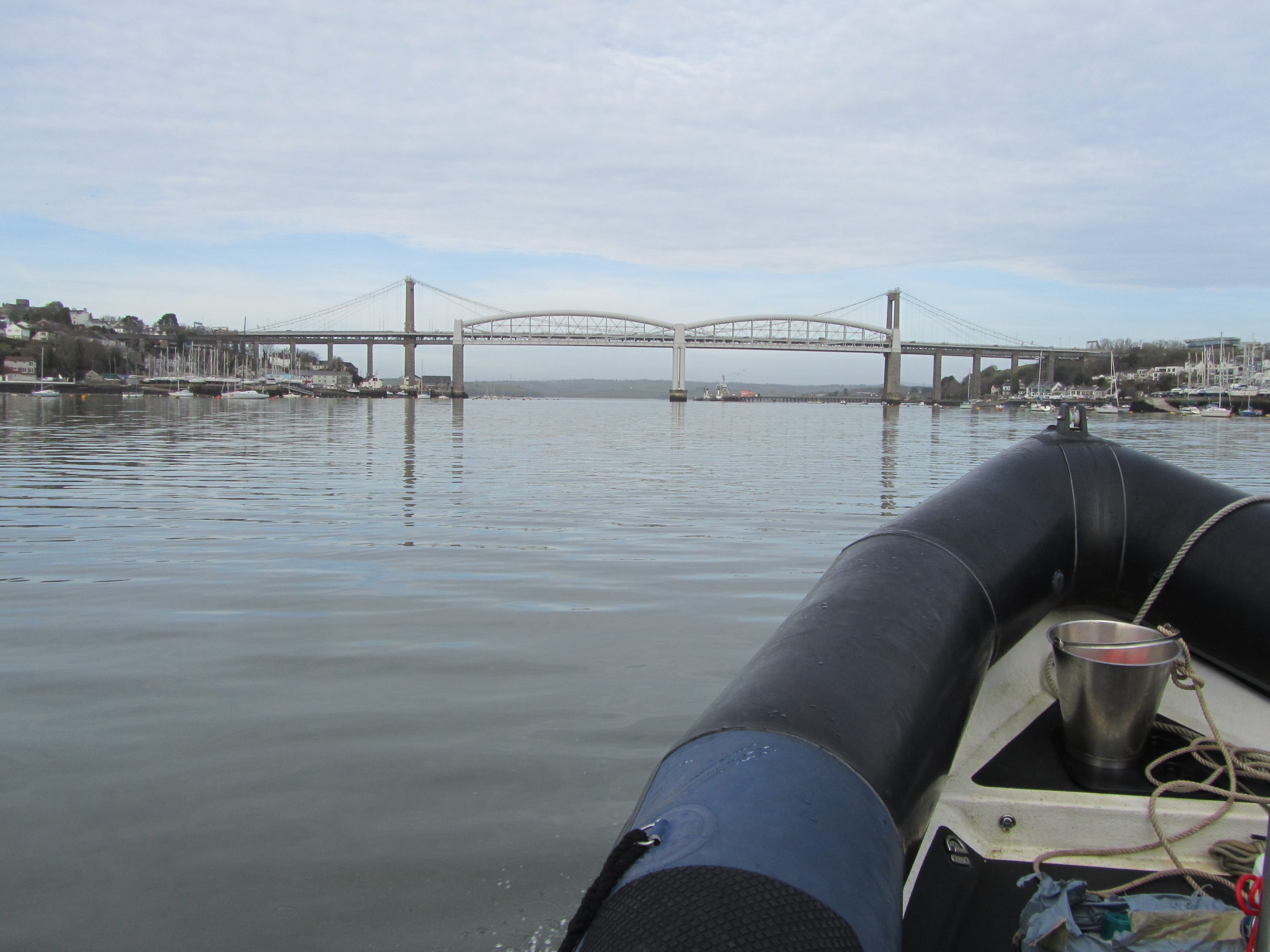
Fittings constructed by members of the Tamar Crossings engineering team and installed by Paintel Ltd., have been fixed to the side of the bridge that hold the sensor box in place to gain a birds-eye view of the river below.
*“Vis4Sea” stands for “VISualisation and Assessment of water quality using and Open Data Cube FOR the weStern English channel”. It is funded by the UK Research Institute under the EO4AgroClimate program. Lead Investigator on the project is Dr. Gavin Tilstone at Plymouth Marine Laboratory, UK.’

